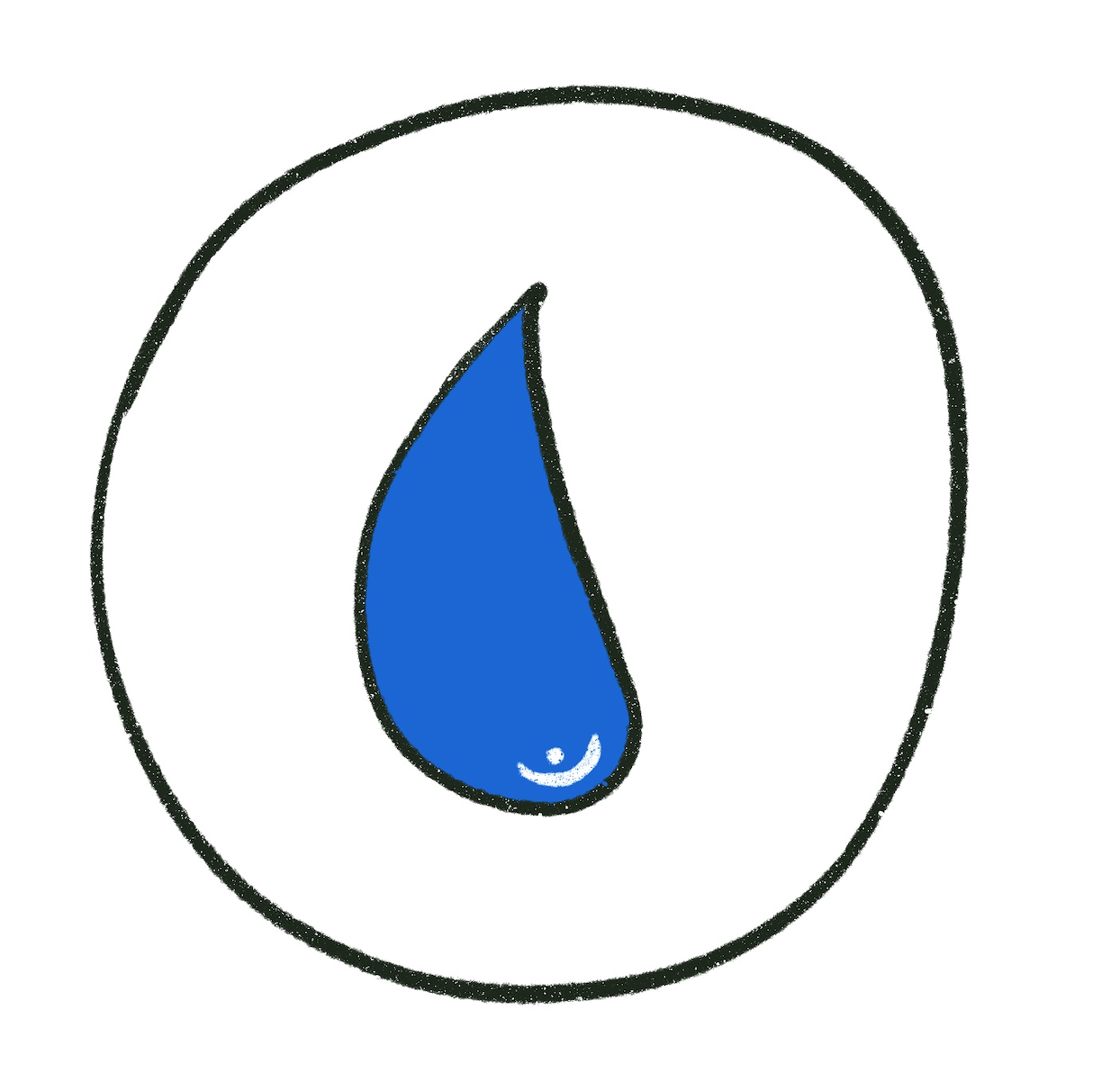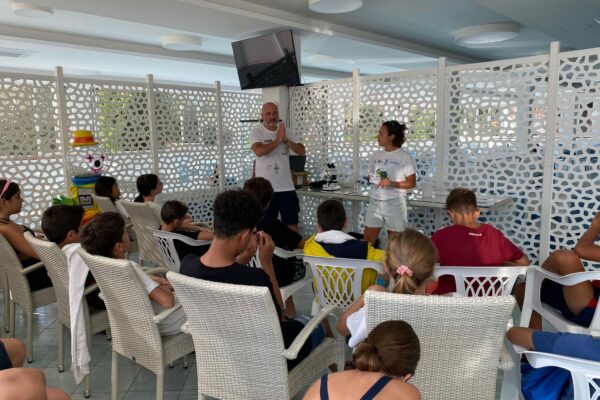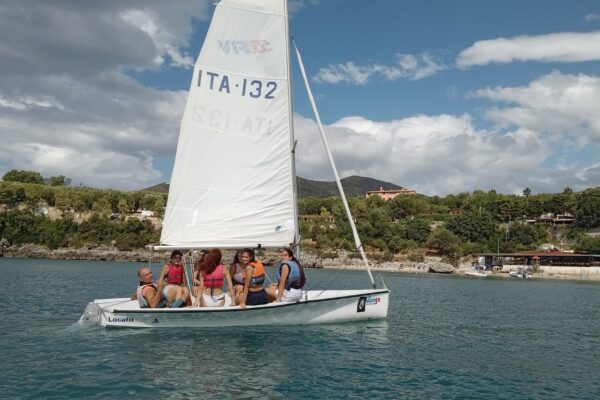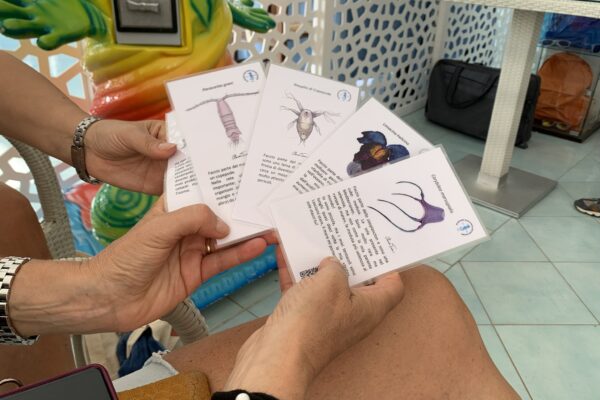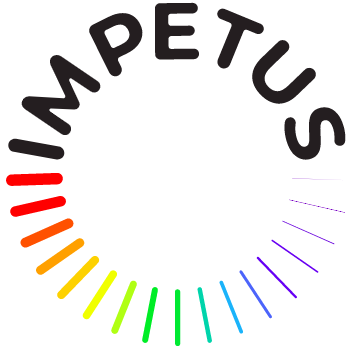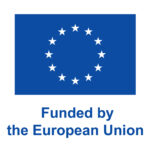Project Description:
Coastal peripheries host overwhelming cultural heritage and pristine natural habitats, but they can be demographically and economically depressed and weakly monitored by marine ecologists. In some of these localities, local sailors are focal nodes of interpersonal networks, conduct recreational activities with tourists, run educational projects involving schools, and are enthusiastic promoters of ocean literacy
Project Type: Kick Starter
Theme: Healthy Planet, Water
Mentor: Yaela Golumbic
“When we are at sea, even when we think we are alone, we are never alone.”
So says Dario, a 15-year-old student from a scientific high school, as we say goodbye to him and his class at the end of a small lesson in marine biology. His teacher is still tinkering with the seawater filtration device in the conference room we set up in the bar of a holiday village.
Dario’s sentence uttered just before he and his classmates went off for a sailing lesson, may seem meaningless. However, it implies a fundamental and almost unknown truth: the sea is not just water, as even the most transparent sea hides microscopic life, that we know almost less about than the stars in our galaxy.
In Reknotting Marine Biodiversity, we want to tie forgotten knots between humans and marine nature.
Before continuing this tale, let’s go back to one year ago. We are a group of researchers at the Anton Dohrn Zoological Station in Napoli (Italy).
One day, a member of our team, Domenico, receives a phone call from a sailor, Federica, who asks him what happens to the food scraps left in the sea. She says that sea turtles voraciously approach salad leaves dropped in the water. Domenico replies that food remains become food for other animals and microorganisms. One year on, thanks to the IMPETUS grant, Federica and her sailing community partnered with us to conduct a pilot scientific and communication effort about life in the sea in their place in the world.
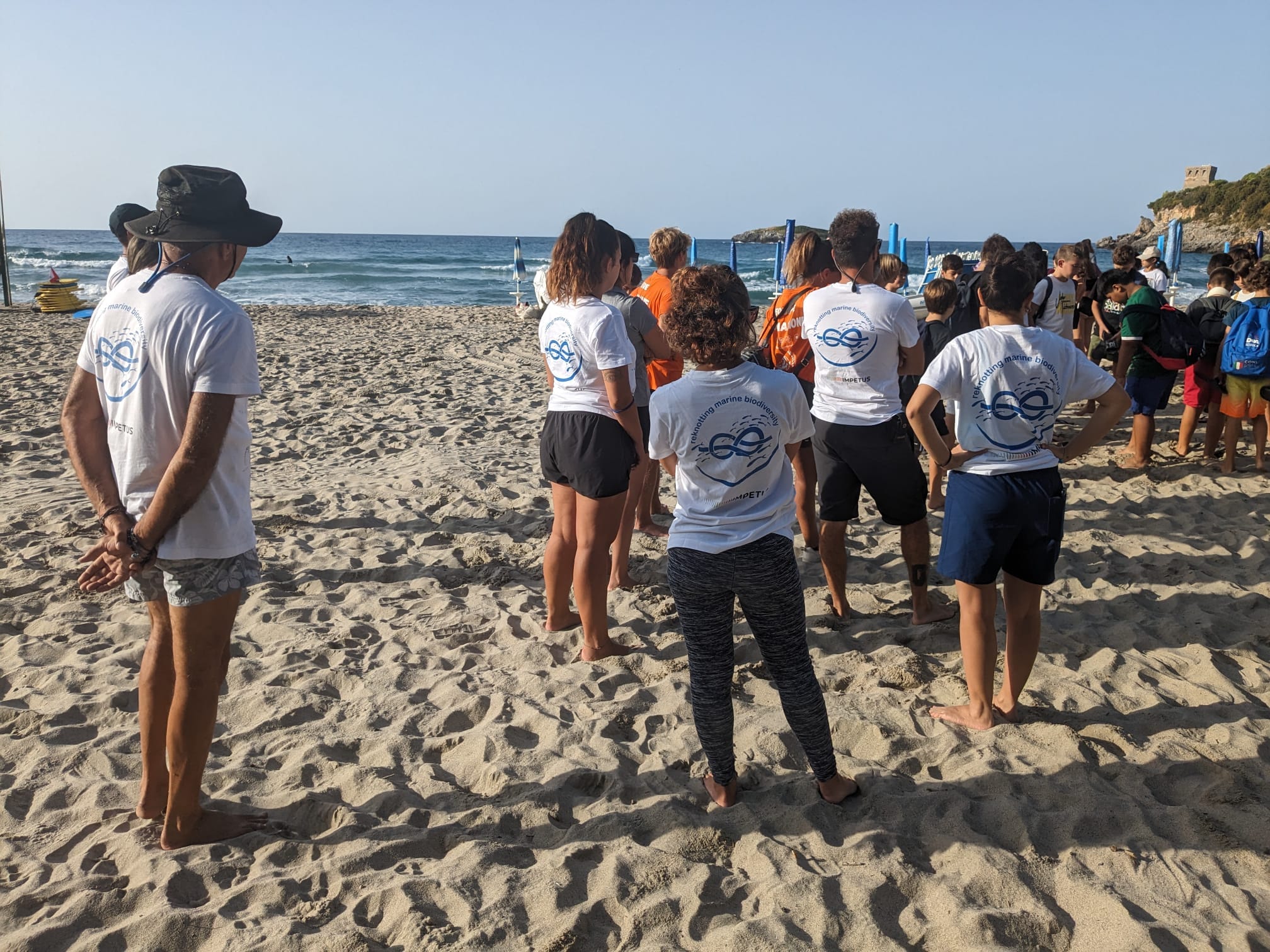
Our participatory science project started in Camerota, a small village in Campania, Italy, in the middle of the Cilento National Park and next to the Costa Infreschi and Masseta Marine Protected Area. Sailors collect seawater samples, and we analyze these in the lab to find DNA traces of sea animals and microorganisms. It is much like the forensic work police do at a crime scene – DNA analysis can tell us about plants, animals, and microorganisms from the sea.
Biodiversity studies require the frequent collection of samples because the water is constantly moving and with it also the ‘sea dust’ from which we draw DNA traces. Sailors’ help is invaluable: they are out in the sea more frequently than us and have lots of knowledge and experience of the waters around them.
In Camerota, we also talk about marine biodiversity to secondary schools participating in sailing camps. Our collaboration with sailors allows other nodes to be woven between marine biodiversity and society, starting with the youngest citizens.
This work was made possible by IMPETUS, who provided us with funds to visit Camerota frequently to train sailors, school students, and teachers in scientific operations and pay for expensive laboratory analysis. These funds also prompted the integration of scientific research and communication efforts on the most neglected sea creatures.
Our next goal is weaving a web with many other local communities of sailors and sporty people, enjoying the sea but, unfortunately, ignoring its mysteries and stories. Together, we can.


